It is always exciting news when a new first occurs in history. As the final frontier, news regarding the rare and mysterious workings of space almost always excites everyone.
So imagine the world’s intrigue when, in 1954, the first person in recorded history was struck by a meteorite.
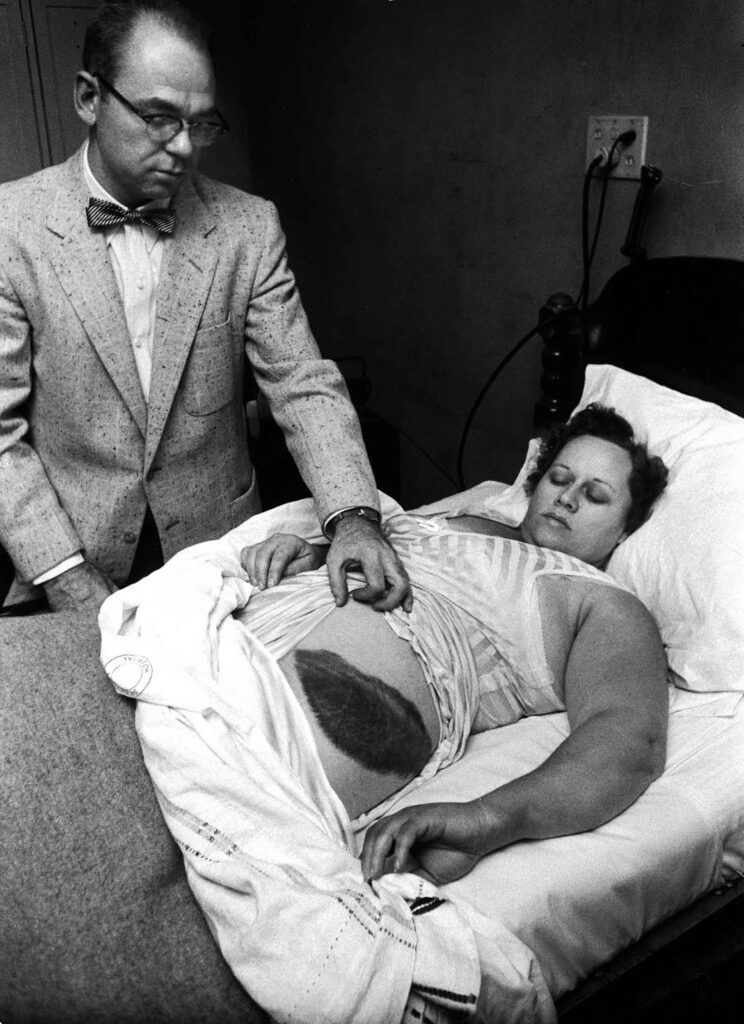

When a large chunk of space rock, called a meteoroid, enters Earth’s atmosphere, it begins to burn up. The fuming rock in the sky leaving a trail is called a meteor, while any portion of the rock that survives is called a meteorite.
What Happened To Ann Hodges?
Mid-afternoon on November 30, 1954, Ann Hodges was struck by a meteorite while she slept in her home.
She was nuzzled under a few quilts on her sofa, comfortably sleeping. Settled in for a brief nap, Hodges never expected that she would be becoming a new historical figure.
Earlier that day, people in Alabama, Georgia, and Mississippi had seen meteors streaking across the sky.
Neighbors described the lights as bright red “like a Roman candle trailing smoke” as they flew through the air. Although most would burn away in the atmosphere, one meteorite would make its way to the surface.
Like an artillery shell raining down on the small Alabama town of Sylacagua, the meteorite careened through the sky. Just before impact, the meteorite split in two, with one half flying off and landing in a nearby field.
The more famous half crashed through Hodges’ roof, leaving a hole over two feet wide. The grapefruit-sized piece of meteorite then bounced off of Hodges’ large, full-sized Philco radio and flew into her side on the couch. The impact left a massive bruise and startled Hodges awake.
Because of the broken ceiling and dust filling the home, Hodges panicked. She thought that her space heater had exploded or that the chimney had collapsed. She leaped up, assuming she had to react fast to save herself from further harm.
But as the dust began to settle, Ann and her mother who was visiting quickly realized they were safe. Hodges had simply been struck by a small rock that fit in the palm of her hand.

She had no idea at the time that it was a meteorite or that she had become the first person to sustain an injury from space debris.
Quickly after, first responders appeared at the Hodges’ door. Other locals had heard the crash of the meteorite and reported it, and Hodges herself had called for help once she gathered herself.
As the small army of policemen, firefighters, and ambulance workers swarmed the home, Hodges’ husband returned home and panicked.
He was quickly reassured everything was fine, although Ann was hospitalized the next day. She found herself unable to sleep after being struck by the meteorite.
Her response was a mix of processing the trauma of the event and the pain from her physical injuries. While Hodges did not experience any long-term effects, she did sustain a nasty bruise with an incredible story behind it.
What Happened To The Meteorite?
The other half of the meteorite was found shortly after the crash. A local farmer named J. McKinney had been on his way home when the mules pulling his cart were disrupted by a rock in their path. He kicked it out of the way, thinking nothing of the strange black rock.
The next day, after hearing the reports about the meteorite, he remembered the odd rock that had disturbed his journey home.
McKinney ran out to recover the meteorite shard, the shiny black rock that was otherwise inconspicuous. He let his children play with it as he investigated further.
After proving it was a part of the same meteorite that struck Ann Hodges, McKinney was able to sell his shard to a private seller. From this sale, he supposedly was able to make enough money to buy a new car and home.
A portion of McKinney’s half was sold again in 2017 for 7500 dollars. Proportionate to its weight, the meteor was approximately 19 times more valuable than gold at the time of sale.
But it is nowhere near the most valuable meteorite. That title goes to the Fukang meteorite which was sold for 2.1 million dollars after its discovery in 2000.
While McKinney made a small fortune, the Hodgeses were not so lucky with their portion of the meteorite. After authorities arrived after the crash, the police confiscated their half of the meteorite.
At the time, the country was at the height of the Cold War, and unidentified flying objects (UFOs) were a matter of national security.
Federal authorities stepped in to investigate the meteorite. Hodges’ shard was taken to Maxwell Air Force Base in Montgomery, Alabama, where it was confirmed to just be space debris.
After the meteorite was released from federal custody, the Hodgeses then entered a lengthy legal battle with their landlord over ownership of the space rock.
Birdie Guy, who owned the house the meteor crashed through, claimed ownership since it was her land. Hodges disagreed though, claiming “Suing is the only way she’ll ever get it.”
Eventually, the case was settled out of court and the Hodgeses paid Guy 500 dollars (nearly 6000 dollars in today’s money) for ownership. By that point though, the hype around the meteorite had disappeared and the couple could not find a buyer.
Hodges eventually donated her portion of the meteorite to the Smithsonian Institution for the cost of repairs to the home.
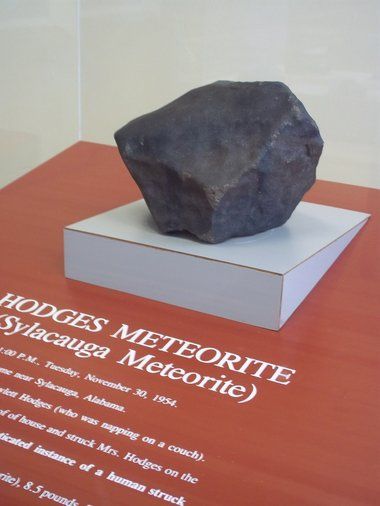
The portion that McKinney had found was also eventually donated. Both pieces are held in the Smithsonian National Museum of Natural History.
The broken-apart meteorite is officially named the Sylacauga Meteorite after the town where the space rock landed. But to those who know the story, the more famous half is commonly known as the Hodges Meteorite after its only victim.
How Often Do Meteorites Hit Earth?
As shocking as a meteorite landing is, scientists have pointed out that space debris is fairly common. 40000 metric tons of space debris fall on Earth every year, most commonly in the form of space dust from meteors burning up in the atmosphere.
Most meteorites usually fit within the palm of someone’s hand because they lose half of their volume as they pass through the sky. The average meteor that makes it to the Earth’s surface is the size of a golf ball and the large majority of debris lands in the ocean.
The image of a giant meteorite crashing into Earth and causing global destruction is greatly exaggerated.
The largest meteorite known to ever land intact on Earth is about 9 feet across and can be found in Namibia. The Hoba meteorite crashed over 80000 years ago and weighs roughly 60 tons. To put its size in perspective, the next largest meteorite is half of that size.
While Hodges was the first recorded person to be injured by a meteorite, there has been one other case. In 1992, in Mbale, Uganda, a shower of 50 meteorites erupted over a field where young boys were playing soccer.
As the kids fled for the trees, a small piece fell through the canopy and hit a young man on the head. His injuries were much less severe than Hodges, although still incredible. Later investigations found nearly 50 shards of meteorite in the area.
How Much Damage Do Meteorites Cause?
With how common falling space debris is, there have been many reports of other damages caused by meteorites, either destroying property or injuring animals.
In 1908, a meteorite theorized to be over 100 feet long entered the atmosphere above Siberia, Russia. Called the Tunguska incident, the meteorite exploded miles in the air. The blast leveled trees for hundreds of miles around the site and killed hundreds of reindeer.
In 2013, another meteorite exploded above Chelyabinsk, Russia. It exploded 14 miles in the air with the force of nearly half a million tons of TNT. More than 1600 people were injured as the blast blew out windows in a nearly 200-mile radius.
One of the most famous meteorite falls was the Peekskill meteorite. After residents across the United States noted the green streak falling through the sky, the meteorite crashed through the trunk of a Chevy Malibu in upstate New York.
Its descent was caught on multiple cameras that night, making it the second most recorded meteorite fall.
Luckily, any Earth-altering meteorite crash seems unlikely in the foreseeable future. Scientists are tracking every known meteor and are developing a plan in the case of an unavoidable collision.
But the chance of being struck by space debris is never zero. So the next time you look up at the night sky, think about how much space dust is probably falling all around you.
Sources
https://news.ua.edu/2022/11/a-gift-like-no-other-ann-hodges-and-the-meteorite


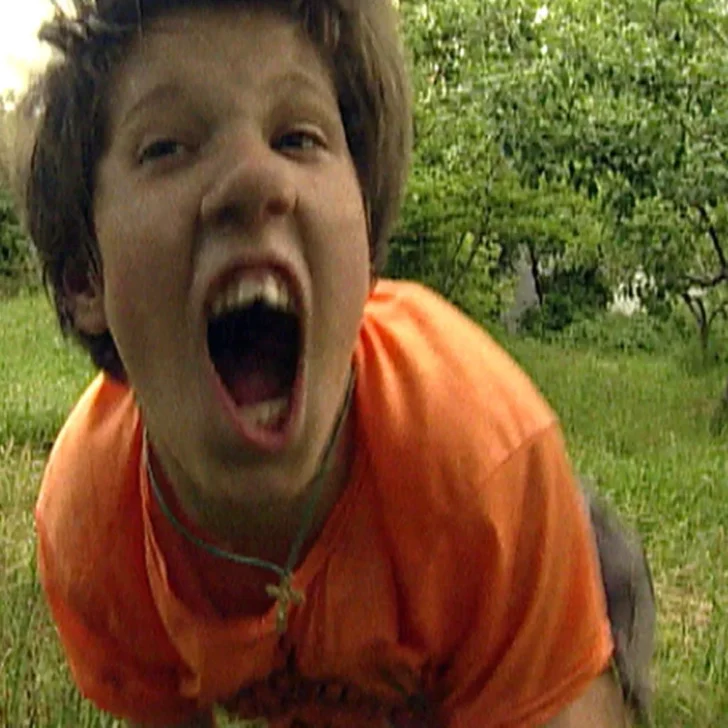







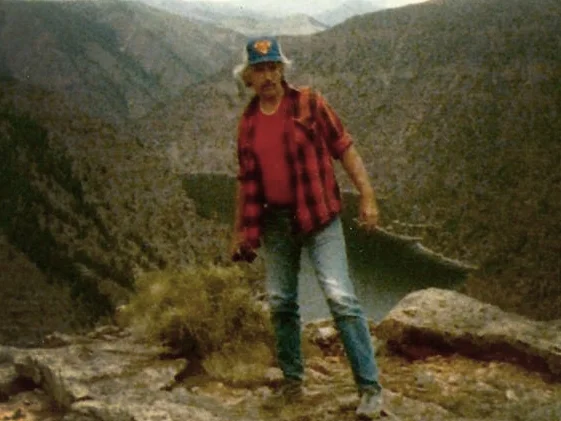
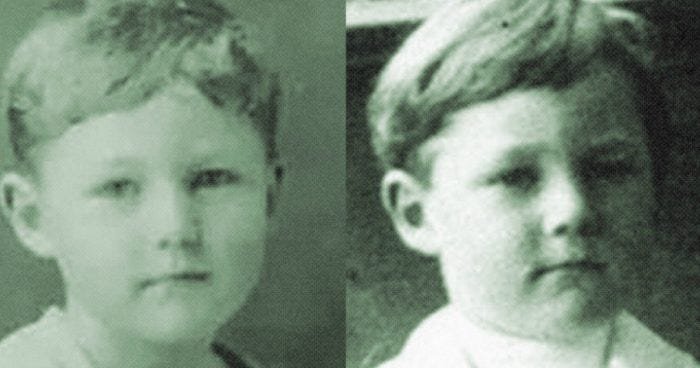

Leave a comment